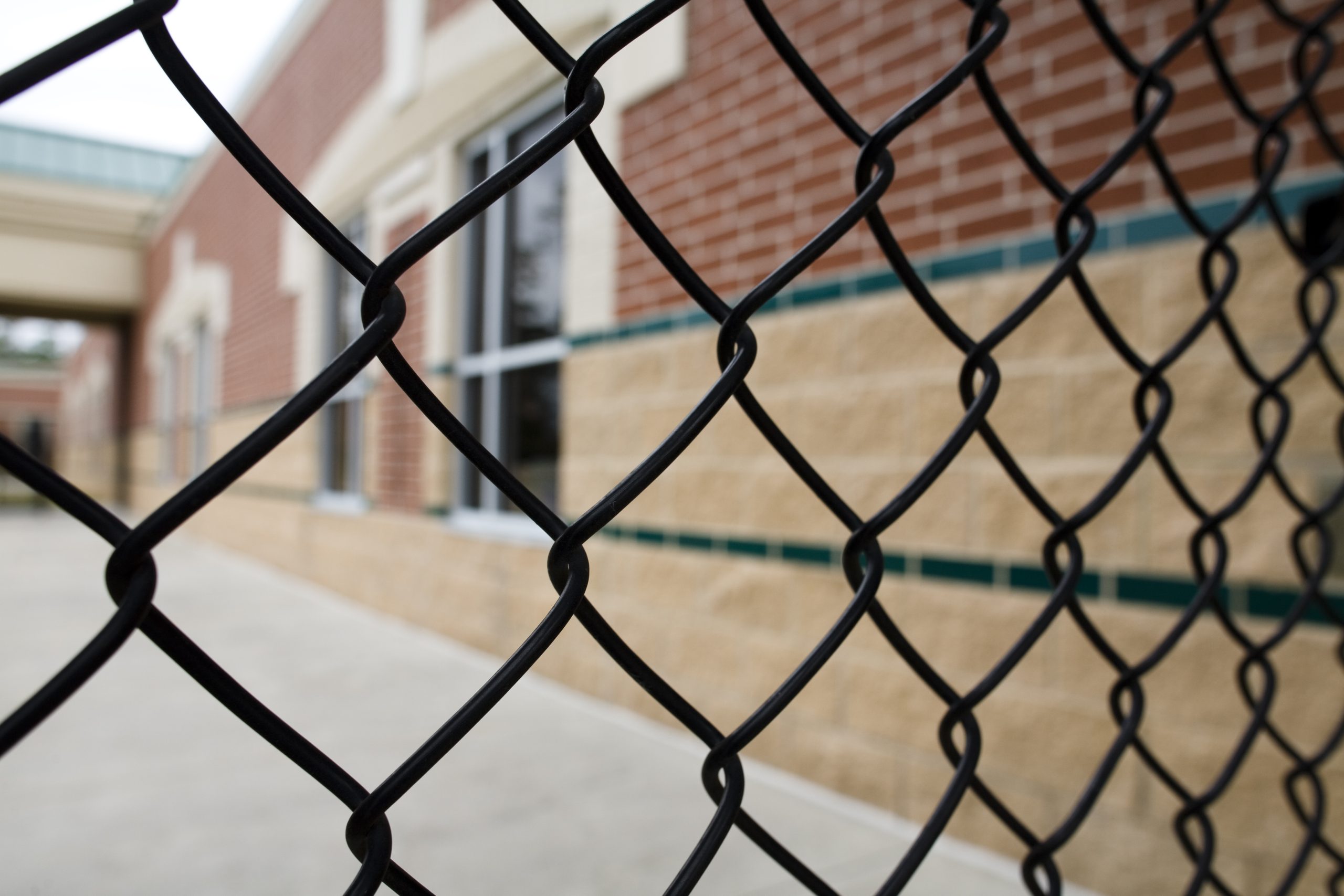The pandemic spurred widespread investments in improving connectivity for students, but there is still progress to be made in ensuring families have the broadband access needed at home to fully participate in their education despite classes now overwhelmingly taking place in person, according to recent research from the Public Policy Institute of California.
Despite lawmakers investing $6 billion through Senate Bill 156 to expand broadband infrastructure, address affordability and promote digital literacy in 2021, at least two million Californian households (15 percent) still do not have access to broadband, authors of the study said during an April 13 webinar. The latest study examines data from the first year of implementation and includes interviews with 41 community partners, spread across 54 of California’s 58 counties.
Challenges related to geological barriers, low population density, high poverty and limited ability to fund broadband projects have left low-income, rural and tribal communities on the wrong side of the digital divide at higher rates. Migrant and mobile-home communities are also often underserved, even when living within regions that are generally well connected.
The report recommends state leaders prioritize the needs of underserved communities in developing its digital equity plan and five-year action plan. However, panelists noted during the webinar, the state should begin planning without trying to rely on one-size-fits-all solutions, because what may work in forest communities likely won’t translate to mountainous regions and vice versa.
The report “shows the geographical variation across the state of California, and it shows how important it is for policymakers, when considering this idea of universal connectivity, to consider the unique variations in terms of local conditions,” said PPIC project assistant Amy Gong Liu, co-author of the report.
Additionally, natural disasters pose serious threats to broadband networks for the more than 2.7 million Californians living in areas that are at very high risk of having a severe wildfire. Many communities fluctuate from served to unserved when natural disasters or other causes of network damage occur, the report found.
“Natural disasters throughout California — high winds, fires and earthquakes — are a challenge that many communities have faced, and it creates both instability and difficulty when they’re trying to rebuild after a disaster,” said Darriya Starr, research associate and co-author of the report. “The challenge is that many powerlines that hold lines of fiber above ground so that internet can be provided to their communities along existing utility lines … can get taken down during a natural disaster. And it’s often too expensive and time consuming for many communities to rebuild if a community frequently suffers from natural disasters.”
New infrastructure should include resiliency plans to maximize coverage during natural disasters, according to the report. And whenever possible, fiber lines should be underground to limit disruption caused by fire or high winds.
Other key findings, recommendations
Among the study’s other major findings, researchers concluded that:
Local communities are doing more to pursue funding from federal, state, local and private sources. Greater outreach and technical assistance from the state could help support local entities in applying for the available public grant programs.
Current state and federal maps overstate how many households have access to broadband. The education sector could play an important role in collecting data on real-world broadband access and speed to help develop more accurate and detailed maps necessary to identify and expand access to underserved neighborhoods.
Affordability and digital literacy continue to be major barriers to broadband adoption. On average, broadband in the U.S. costs $68 per month. While the Affordable Connectivity Program provides $30 per month to qualified households, only 1.8 million California households were enrolled (30 percent of eligible households) as of March 2023. Giving people the tools and resources they need to become digitally literate is an important step to encourage adoption, researchers stated. California can tap into its networks of adult education centers, public libraries and community colleges to offer digital literacy training and promote ACP program participation.





